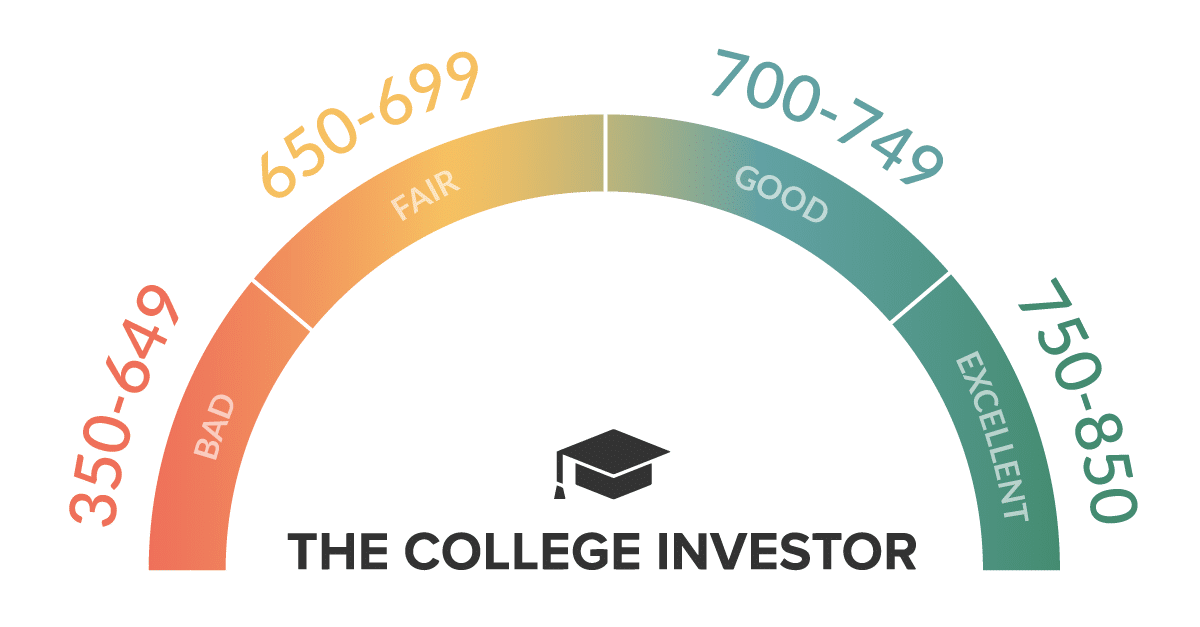Key Points
- FICO is launching a new credit score model that includes BNPL loans.
- Consumers may see their scores rise or fall depending on how these loans are used.
- The changes will roll out gradually, with uneven effects across lenders and borrowers.
Buy Now, Pay Later (BNPL) loans have surged in popularity among younger shoppers, offering a way to split purchases into multiple installments with little or no interest. They come from names like Affirm, Klarna, and Afterpay.
But these short-term loans, long absent from traditional credit reporting, are set to become more visible to lenders. FICO, the company behind the most widely used credit score, announced it will launch a new model that incorporates BNPL activity. For some consumers, this could mean higher credit scores. But for others, it could bring unwelcome surprises.
Until now, BNPL loans were largely invisible to credit scoring models. Most providers didn’t report them to bureaus, and the bureaus had no standard way to integrate them. But starting this fall, FICO’s new scoring formula will give lenders the option to factor BNPL payments into their decisions.
That marks a shift in how millions of small-dollar loans could affect access to credit cards, car loans, and mortgages.

Would you like to save this?
Why Reporting BNPL Loans Matters
Credit scores rely on several factors: payment history, amount of debt, length of credit history, credit mix, and new credit. BNPL loans, often paid off in weeks or months, can interfere with these categories in different ways.
Closing multiple short-term accounts may shrink the average age of a credit report. Opening several BNPL lines at once may look like a flurry of borrowing, raising red flags for some underwriters.
On the other hand, repaying BNPL loans on time could help build a stronger credit report, especially for consumers who don’t have many other accounts. FICO says its study of 500,000 BNPL users showed that scores often stayed the same or improved, even when borrowers had five or more loans at a time (yes, people are having 5 or more BNPL loans at a time).
The model won’t apply automatically. Not all BNPL providers report to credit bureaus, and not all lenders will use the new scores. Still, this is the first clear sign that the credit industry is preparing for BNPL loans to be treated more like traditional debt.
Each Credit Bureau May Treat BNPL Differently
Each of the three major credit bureaus (Equifax, Experian, and TransUnion) is approaching BNPL reporting differently.
Equifax allows BNPL providers to report pay-in-four loans as either revolving or installment accounts, depending on how they are structured. These loans can appear on consumers’ core credit reports and may be included in score calculations.
Experian has launched a dedicated BNPL bureau. While it won’t initially include the loans in its core scoring data, the loans will still appear in a consumer’s report. Experian says this separate bureau is meant to avoid unfair hits to scores due to short-term loan cycles.
TransUnion is also working with FICO and VantageScore on new models, but for now, BNPL loans will be displayed in a separate section of the credit report and not immediately affect the core score. It plans to move toward more frequent biweekly updates, given the short-term nature of the loans.
Who Might Be Impacted The Most
Credit scores have come under added pressure in 2024 and 2025, as millions of federal student loan borrowers resume payments and late payments are being reported. Many have seen their scores dip. At the same time, inflation and interest rates have led more consumers to spread out purchases, including through BNPL. With added reporting and new score formulas, a missed BNPL payment could soon carry greater consequences.
That’s not just a technicality. Credit scores affect everything from mortgage approvals to apartment rentals to job offers. Many people are unaware how a small missed payment on a BNPL loan affects their credit score.
Younger adults, those with limited credit histories, and consumers who use BNPL frequently stand to be affected most. Many of these users rely on BNPL to cover essentials or delay payments without taking on traditional credit card debt. But if those loans now show up as revolving credit or short-term accounts, borrowers could see score fluctuations, especially if the loans are numerous or repaid late.
Final Thoughts
We recommend reviewing credit reports at least every year and asking BNPL providers whether they report to bureaus. If they do, keeping up with installment payments becomes more important, not just to avoid late fees, but to maintain or improve your credit score and not be viewed as a credit risk.
Credit monitoring services can help track changes across all three bureaus. While most free services monitor only one bureau, consumers who rely on BNPL may benefit from a more detailed view from some of the paid options.
Ultimately, the inclusion of BNPL loans in credit scores brings both opportunity and risk. For some, it’s a chance to show they can manage short-term credit. For others, it may add a layer of complexity to an already fragile financial picture.
Don’t Miss These Other Stories:
Credit Scores Drop As Student Loan Payments Resume
Why Student Loan Borrowers Are Losing 100+ Credit Points
$1 Trillion In CDs Are Maturing In 2025: Here’s What You Need To Know
Editor: Colin Graves
The post BNPL Loans Will Soon Impact Your Credit Score appeared first on The College Investor.





0 Comments